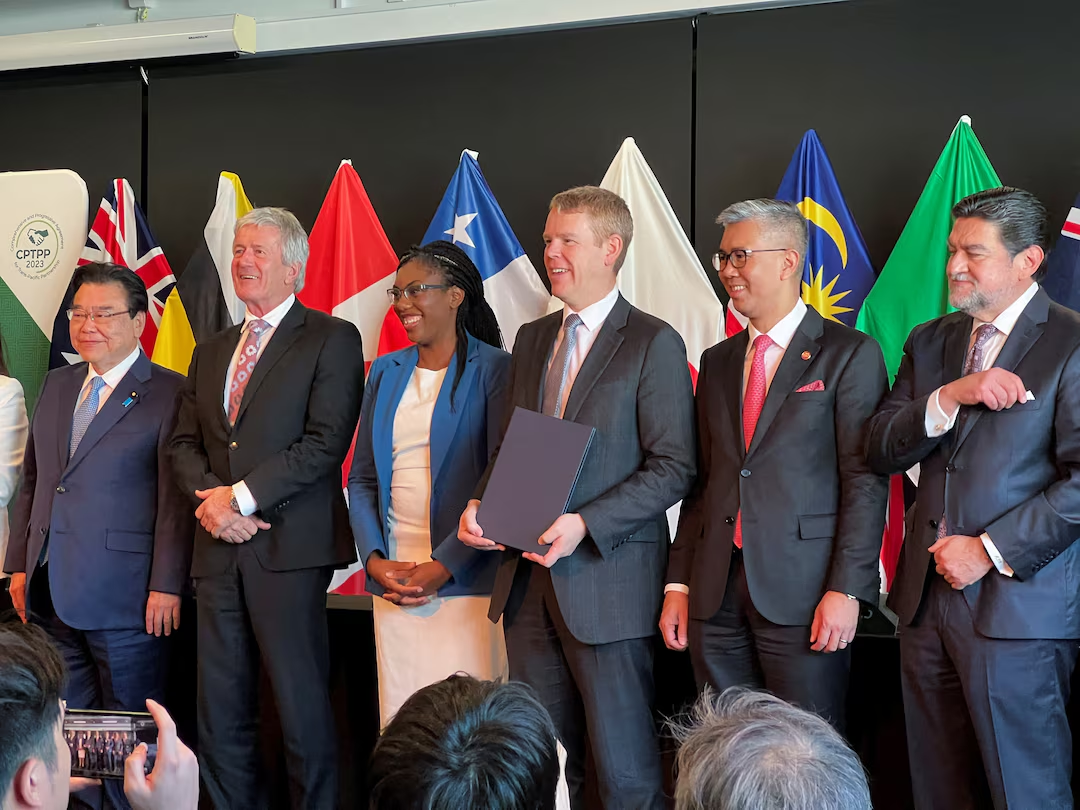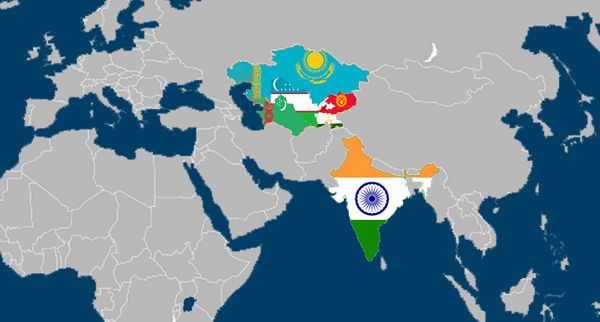- Courses
- GS Full Course 1 Year
- GS Full Course 2 Year
- GS Full Course 3 Year
- GS Full Course Till Selection
- MEP (Mains Enrichment Programme) Data, Facts
- Essay Target – 150+ Marks
- Online Program
- GS Recorded Course
- NCERT- First Ladder
- Polity
- Geography
- Economy
- Ancient, Medieval and Art & Culture AMAC
- Modern India, Post Independence & World History
- Environment
- Governance
- Science & Technology
- International Relations and Internal Security
- Disaster Management
- Ethics
- Current Affairs
- Indian Society and Social Issue
- CSAT
- 5 LAYERED ARJUNA Mentorship
- Public Administration Optional
- ABOUT US
- OUR TOPPERS
- TEST SERIES
- FREE STUDY MATERIAL
- VIDEOS
- CONTACT US
UK Becomes First European Nation to join CPTPP Trade Bloc
UK Becomes First European Nation to join CPTPP Trade Bloc

- In December 2024, The United Kingdom officially became the 1st European and 12th member of the Comprehensive and Progressive Agreement for Trans-Pacific Partnership (CPTPP), marking a significant milestone in post-Brexit trade relations.
- This move is part of Britain’s effort to establish stronger trade links globally, particularly in the Indo-Pacific region.
Key Points:
- Britain’s Membership:
- On December 15, 2024, Britain became the first European country to join the CPTPP.
- This is Britain's largest trade deal since leaving the European Union (Brexit) in 2020.
- Economic Impact:
- The accession allows Britain to benefit from CPTPP’s trade rules, which include lower tariffs and expanded market access to the member countries.
- From December 17, 2024, Britain will start applying these trade provisions with 8 of the 11 existing members (Brunei, Chile, Japan, Malaysia, New Zealand, Peru, Singapore, and Vietnam).
- The trade agreement with Australia will enter into force on December 24, 2024.
- Once Canada and Mexico ratify the agreement, it will apply to them 60 days later.
- Trade with New Partners:
- Britain will now have its first free trade agreements with Malaysia and Brunei, enhancing its economic presence in Southeast Asia.
- While Britain had previous trade agreements with other CPTPP members, this deal allows deeper economic cooperation, especially with respect to "rules of origin," giving businesses more flexibility in their trade.
- Strategic and Economic Significance:
- While the economic benefits are significant but modest (estimated at £2 billion annually, less than 0.1% of Britain’s GDP), the strategic importance of the deal is clear.
- Britain will now have a voice in decisions regarding the potential accession of China and Taiwan to the CPTPP, which aligns with its broader foreign policy goals, particularly in countering China’s economic influence.
- Future Growth:
- Costa Rica is the next country expected to join the CPTPP, while Indonesia has also expressed interest in accession.
Implications for the UK and the Region:
- Post-Brexit Strategy: The UK's decision to join the CPTPP is part of a broader strategy to diversify trade relationships beyond the European Union.
- Global Trade Positioning: The deal enhances the UK's influence in the Indo-Pacific region, which is a key area of economic growth and geopolitical interest.
- China’s Influence: With the UK joining, the CPTPP becomes more significant as a counterbalance to China's economic power, especially with future discussions regarding China and Taiwan’s possible accession.
What is the CPTPP?The Comprehensive and Progressive Agreement for Trans-Pacific Partnership (CPTPP) is a major free trade agreement (FTA) involving 11 countries. It serves as a platform for deeper economic integration across the Asia-Pacific region. The agreement aims to promote trade, investment, and economic growth by reducing trade barriers, enhancing market access, and improving the rules-based trading environment. Participating Countries:
Timeline of Agreement’s Signing and Implementation
Relationship with the TPP The CPTPP is a revised version of the Trans-Pacific Partnership (TPP), which was initially negotiated but not ratified due to the U.S. withdrawal in 2017. The CPTPP includes the majority of the provisions from the original TPP agreement but excludes a limited set of suspended provisions. Key Features:
This results in increased opportunities for businesses, especially exporters and investors, to access new markets in the Asia-Pacific region. Support for Small and Medium-sized Enterprises (SMEs)
Resources for Exporters and Importers
Certification of Origin under the CPTPPTo claim preferential tariff treatment under the CPTPP, importers must present a Certification of Origin, which attests that the goods qualify for tariff reductions. This certification can be completed by:
Key Points on Certification:
ConclusionThe CPTPP is a critical agreement for businesses in the Asia-Pacific region, offering expanded market access, reduced trade barriers, and regulatory commitments that benefit both large corporations and SMEs. |
| Also Read | |
| UPSC Prelims Result | UPSC Daily Current Affairs |
| UPSC Monthly Mgazine | Previous Year Interview Questions |
| Free MCQs for UPSC Prelims | UPSC Test Series |
| ENSURE IAS NOTES | Our Booklist |




